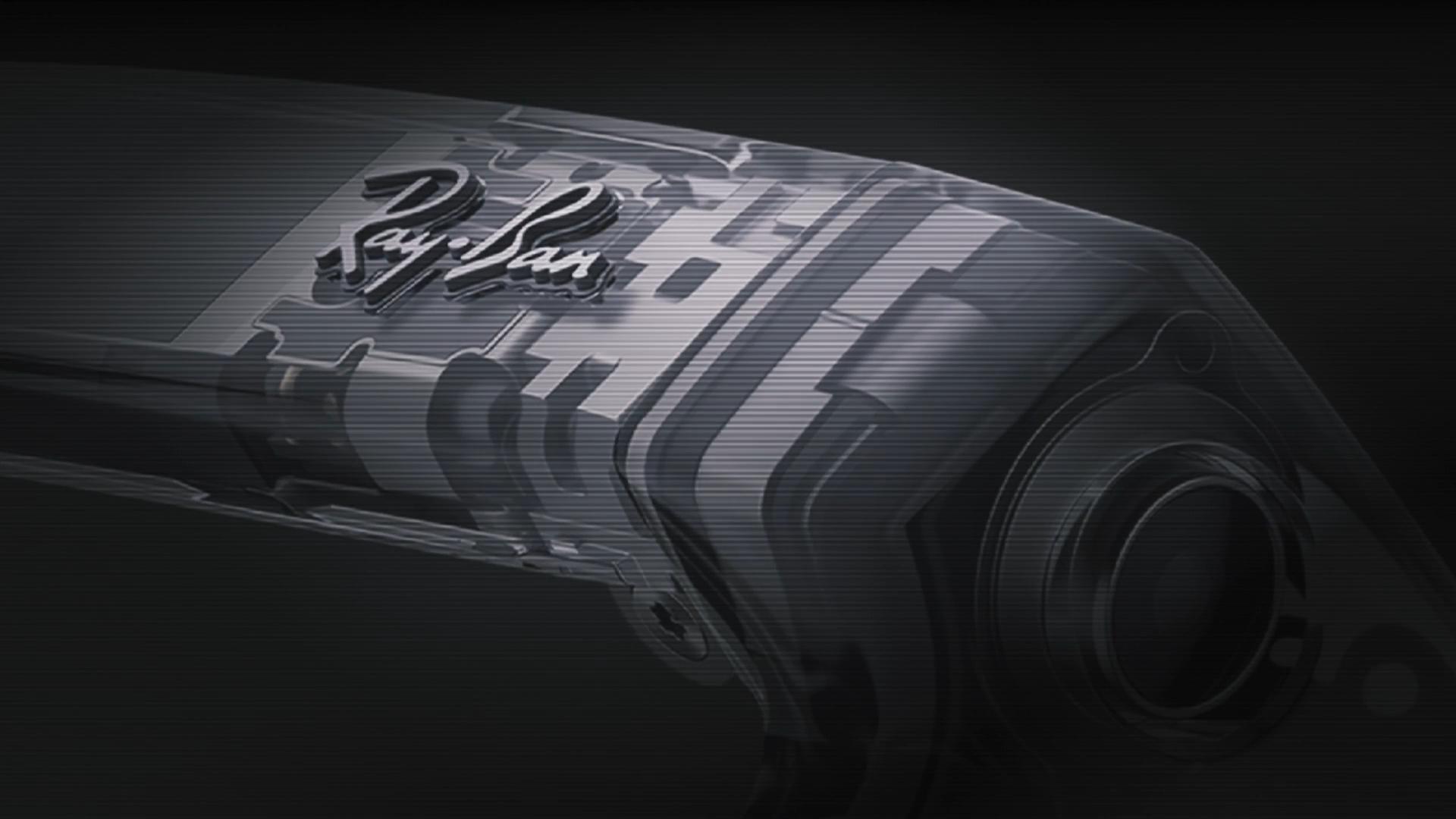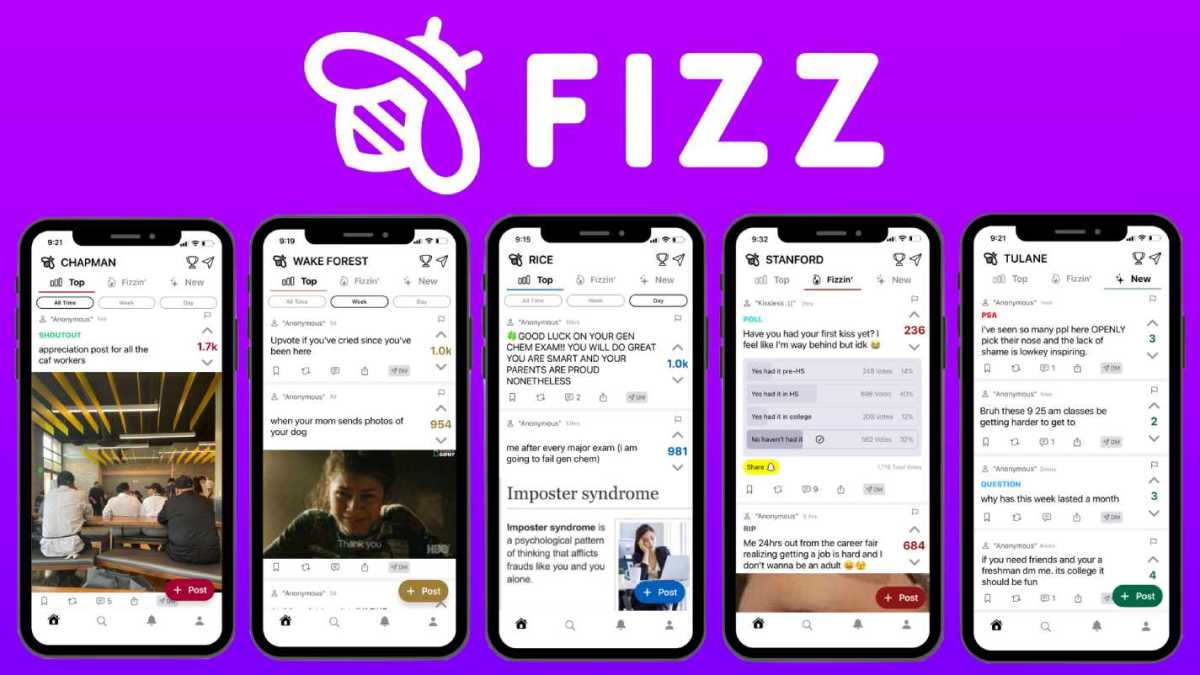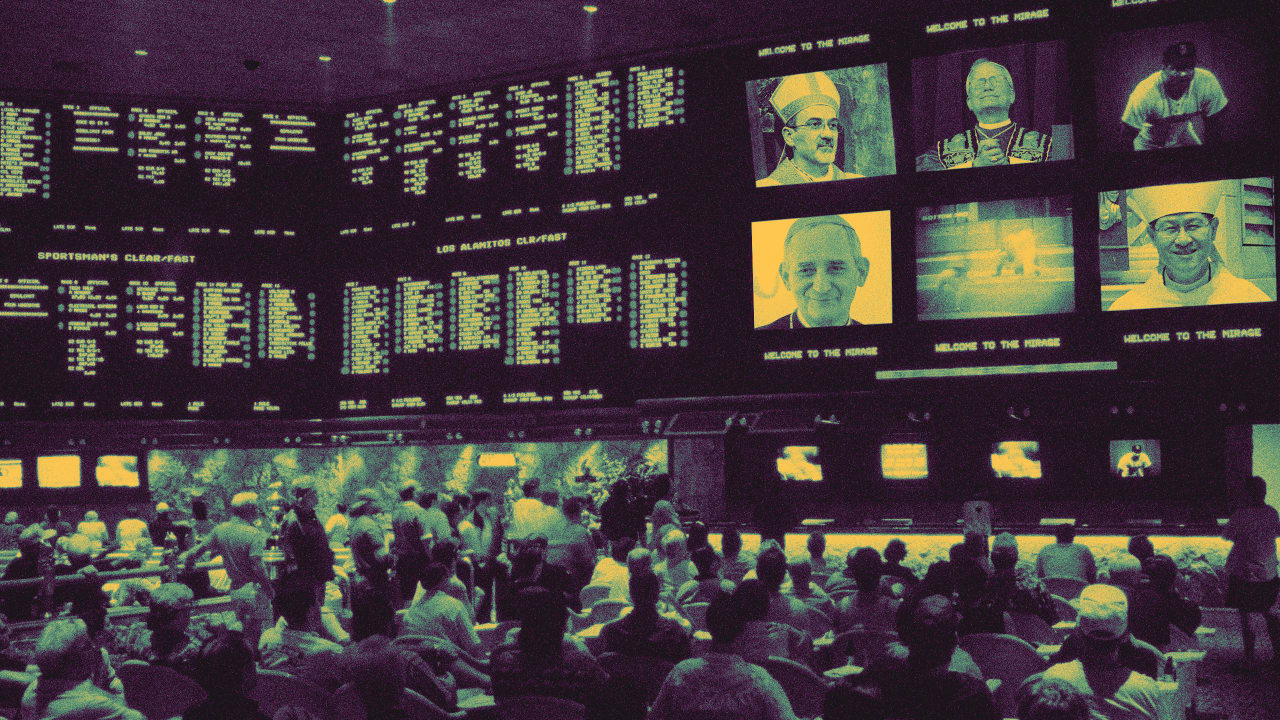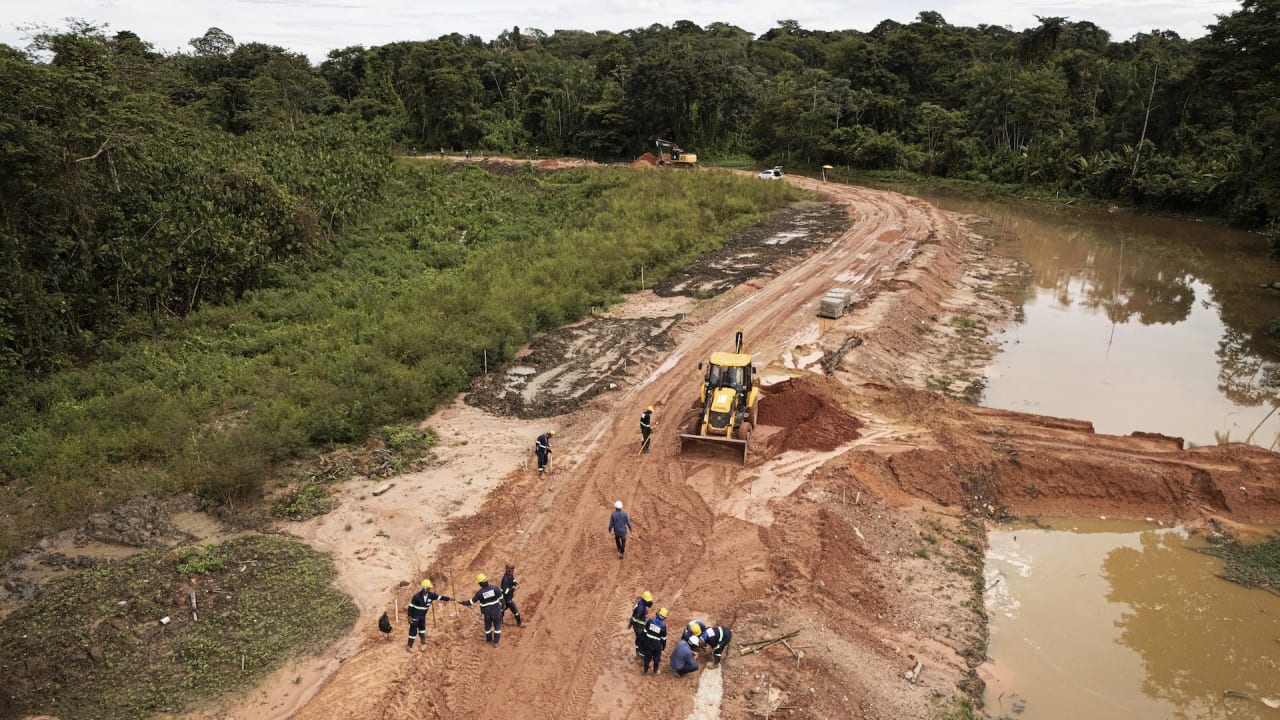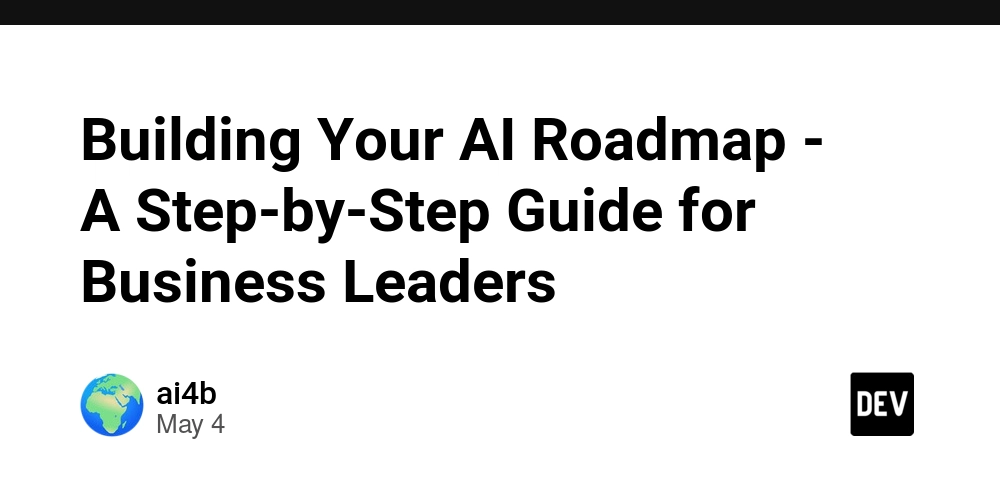How to Fix Data Transmission Issues in ActionCable WebSocket?
Introduction In the world of modern web applications, WebSockets are a cornerstone for real-time communication. If you're using ActionCable in your Rails API project but running into trouble sending data through your WebSocket, you're not alone. Many developers encounter this while working with ActionCable setups. Let's dive into why this may happen and explore step-by-step solutions to resolve the issue. Understanding WebSocket Communication in ActionCable How ActionCable Works ActionCable integrates seamlessly with Rails, allowing you to handle WebSockets and provide real-time features. When configured appropriately, it manages both client and server communications, enabling you to send messages instantly across your application. In this case, you're trying to broadcast messages through a channel named JobsChannel. Why Isn’t Data Sending? If you’re unable to pass data via WebSockets in your current setup, several possible reasons may lead to this issue: Channel Not Subscribed: If the client isn't subscribed to the channel, it won’t be able to receive any data dispatched. Authorization Issues: If the channel is restricted and the user isn’t authorized, the data might not get received. Broadcasting Format: The format used for broadcasting messages must closely adhere to what your consumers are listening for. WebSocket Server Not Running: Ensure that your WebSocket server is running on the intended port. Let’s go through the steps to troubleshoot and fix your issue. Steps to Diagnose and Fix the Issue Step 1: Check Channel Subscription Ensure that your client-side code is correctly subscribing to the channel. In JavaScript, the subscription should look something like this: App.cable.subscriptions.create('JobsChannel', { received(data) { console.log(data); } }); Make sure that you’re executing this code after ActionCable is fully initialized and that there are no JavaScript errors preventing the subscription from happening. Step 2: Validate Your Server Code Inspect your broadcasting code. In your provided setup, you formatted the message as follows: serialized_message = {"data": "Hello world"} ActionCable.server.broadcast("jobs_channel", serialized_message) Ensure that you're broadcasting from a valid point in your application (e.g., inside a controller action). The broadcast must execute in a context where the ActionCable server is fully operational. Step 3: Confirm Redis Configuration Since you've set Redis as your adapter in cable.yml, confirm that your Redis server is running without issues. You can check using: redis-cli ping If the server responds with PONG, your Redis server is operational. If you encounter connection issues, make sure the Redis server is bootstrapped correctly and listening on the correct port. Step 4: Monitor Server Logs When testing your application, monitor your Rails server logs. Look out for any pertinent error messages when you try to broadcast the message. The logs should give insights into whether the broadcasting code is being executed correctly and if there are any errors. Step 5: Use Postman for WebSocket Testing While setting up communication in Postman (as described in your query), make sure you've specified the right WebSocket endpoint. Ensure that you’re using the correct URL and that the server is accessible: ws://localhost:3001/cable Follow the correct procedures in Postman to initiate the WebSocket connection. Step 6: Review Client-Side Data Handling Make sure your client-side implementation is properly processing data when received. Your received(data) function should handle incoming messages correctly, and your application should react or update based on the provided data. Example of Complete Setup Here’s a cohesive example that illustrates how to set up your WebSocket connection with accurate broadcasting: JavaScript Client-side Example document.addEventListener('DOMContentLoaded', () => { const cable = ActionCable.createConsumer('ws://localhost:3001/cable'); const jobsChannel = cable.subscriptions.create('JobsChannel', { received(data) { console.log(data); // Process received data } }); }); Ruby Broadcasting Code Example class SomeController < ApplicationController def create # Your logic to process and save data serialized_message = { 'data' => 'Hello world' } ActionCable.server.broadcast('jobs_channel', serialized_message) end end Frequently Asked Questions How Can I Test and Ensure My WebSocket Setup Works? You can use WebSocket test tools like Postman to connect to your WebSocket server and verify data transmissions. Are There Any Common Misconfigurations with ActionCable? Ensure all your configuration files (cable.yml, development.rb) are set up accurately. Check that the adapter, connections, and ports align correctly. What Should I Do If Redis Keeps Disconnecting? Monitor network issues and ensure your Redis server has enough resources. Also, inspect log
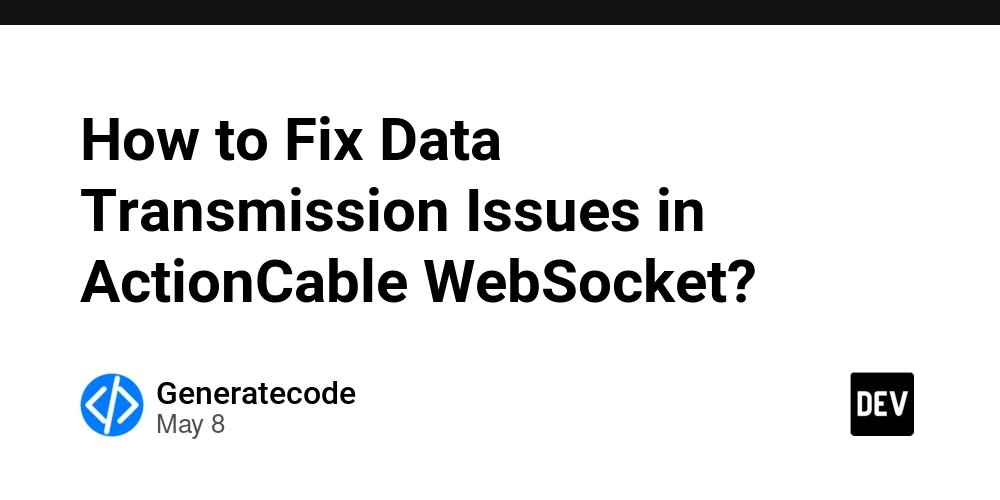
Introduction
In the world of modern web applications, WebSockets are a cornerstone for real-time communication. If you're using ActionCable in your Rails API project but running into trouble sending data through your WebSocket, you're not alone. Many developers encounter this while working with ActionCable setups. Let's dive into why this may happen and explore step-by-step solutions to resolve the issue.
Understanding WebSocket Communication in ActionCable
How ActionCable Works
ActionCable integrates seamlessly with Rails, allowing you to handle WebSockets and provide real-time features. When configured appropriately, it manages both client and server communications, enabling you to send messages instantly across your application. In this case, you're trying to broadcast messages through a channel named JobsChannel.
Why Isn’t Data Sending?
If you’re unable to pass data via WebSockets in your current setup, several possible reasons may lead to this issue:
- Channel Not Subscribed: If the client isn't subscribed to the channel, it won’t be able to receive any data dispatched.
- Authorization Issues: If the channel is restricted and the user isn’t authorized, the data might not get received.
- Broadcasting Format: The format used for broadcasting messages must closely adhere to what your consumers are listening for.
- WebSocket Server Not Running: Ensure that your WebSocket server is running on the intended port.
Let’s go through the steps to troubleshoot and fix your issue.
Steps to Diagnose and Fix the Issue
Step 1: Check Channel Subscription
Ensure that your client-side code is correctly subscribing to the channel. In JavaScript, the subscription should look something like this:
App.cable.subscriptions.create('JobsChannel', {
received(data) {
console.log(data);
}
});
Make sure that you’re executing this code after ActionCable is fully initialized and that there are no JavaScript errors preventing the subscription from happening.
Step 2: Validate Your Server Code
Inspect your broadcasting code. In your provided setup, you formatted the message as follows:
serialized_message = {"data": "Hello world"}
ActionCable.server.broadcast("jobs_channel", serialized_message)
Ensure that you're broadcasting from a valid point in your application (e.g., inside a controller action). The broadcast must execute in a context where the ActionCable server is fully operational.
Step 3: Confirm Redis Configuration
Since you've set Redis as your adapter in cable.yml, confirm that your Redis server is running without issues. You can check using:
redis-cli ping
If the server responds with PONG, your Redis server is operational. If you encounter connection issues, make sure the Redis server is bootstrapped correctly and listening on the correct port.
Step 4: Monitor Server Logs
When testing your application, monitor your Rails server logs. Look out for any pertinent error messages when you try to broadcast the message. The logs should give insights into whether the broadcasting code is being executed correctly and if there are any errors.
Step 5: Use Postman for WebSocket Testing
While setting up communication in Postman (as described in your query), make sure you've specified the right WebSocket endpoint. Ensure that you’re using the correct URL and that the server is accessible:
ws://localhost:3001/cable
Follow the correct procedures in Postman to initiate the WebSocket connection.
Step 6: Review Client-Side Data Handling
Make sure your client-side implementation is properly processing data when received. Your received(data) function should handle incoming messages correctly, and your application should react or update based on the provided data.
Example of Complete Setup
Here’s a cohesive example that illustrates how to set up your WebSocket connection with accurate broadcasting:
JavaScript Client-side Example
document.addEventListener('DOMContentLoaded', () => {
const cable = ActionCable.createConsumer('ws://localhost:3001/cable');
const jobsChannel = cable.subscriptions.create('JobsChannel', {
received(data) {
console.log(data);
// Process received data
}
});
});
Ruby Broadcasting Code Example
class SomeController < ApplicationController
def create
# Your logic to process and save data
serialized_message = { 'data' => 'Hello world' }
ActionCable.server.broadcast('jobs_channel', serialized_message)
end
end
Frequently Asked Questions
How Can I Test and Ensure My WebSocket Setup Works?
You can use WebSocket test tools like Postman to connect to your WebSocket server and verify data transmissions.
Are There Any Common Misconfigurations with ActionCable?
Ensure all your configuration files (cable.yml, development.rb) are set up accurately. Check that the adapter, connections, and ports align correctly.
What Should I Do If Redis Keeps Disconnecting?
Monitor network issues and ensure your Redis server has enough resources. Also, inspect logs for any disconnection messages that may provide diagnostic information.
Conclusion
In summary, if you’re having trouble sending data through your ActionCable WebSocket implementation, methodically diagnose the problem by checking subscription status, verifying Redis health, examining server logs, and ensuring your client-side implementation receives messages correctly. With these steps, you’ll be well on your way to successful real-time communication in your Rails application.










































































































































































![[The AI Show Episode 146]: Rise of “AI-First” Companies, AI Job Disruption, GPT-4o Update Gets Rolled Back, How Big Consulting Firms Use AI, and Meta AI App](https://www.marketingaiinstitute.com/hubfs/ep%20146%20cover.png)
























































































































![[DEALS] The Premium Python Programming PCEP Certification Prep Bundle (67% off) & Other Deals Up To 98% Off – Offers End Soon!](https://www.javacodegeeks.com/wp-content/uploads/2012/12/jcg-logo.jpg)












































































































































_Aleksey_Funtap_Alamy.jpg?width=1280&auto=webp&quality=80&disable=upscale#)
_Sergey_Tarasov_Alamy.jpg?width=1280&auto=webp&quality=80&disable=upscale#)







































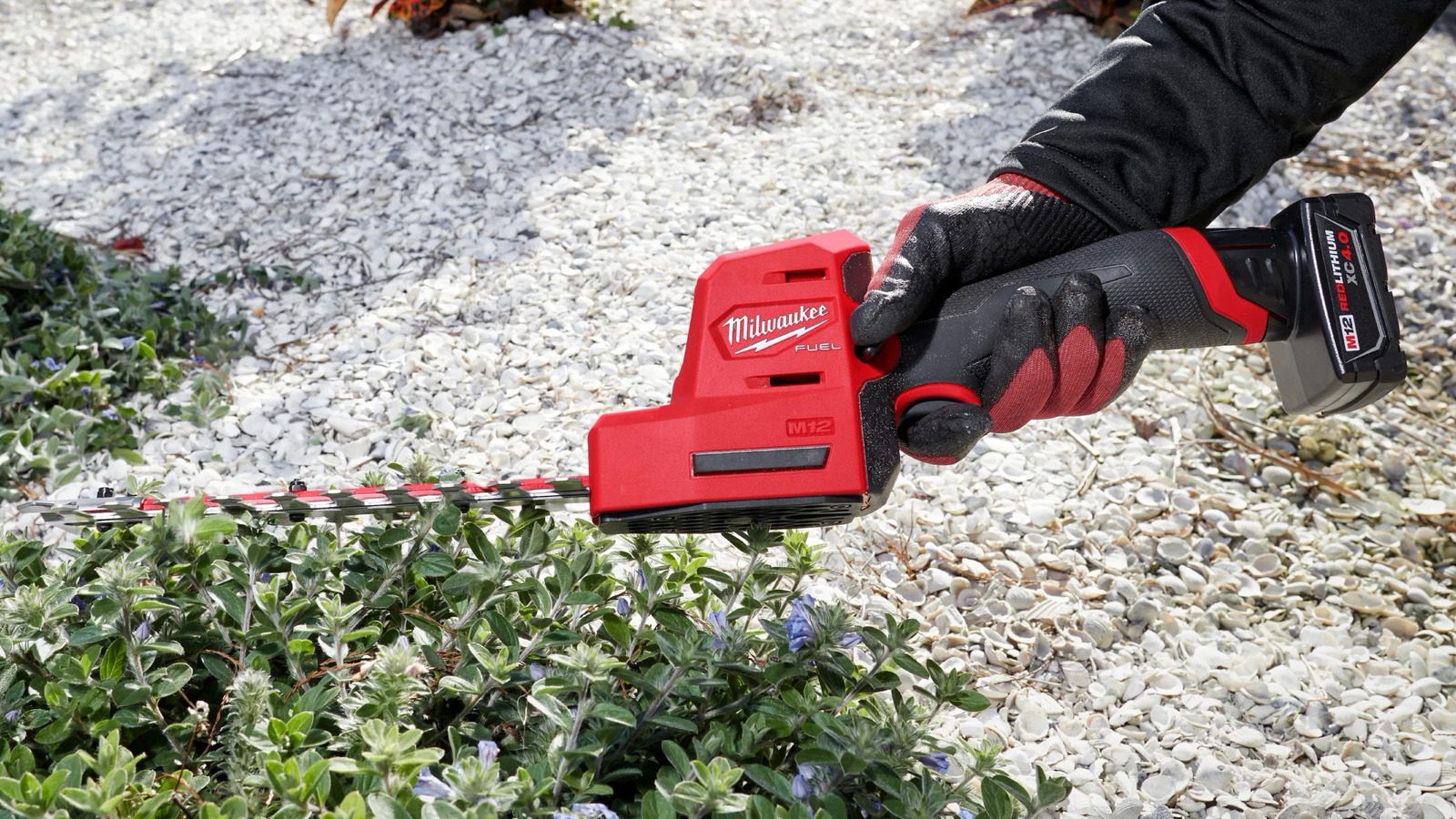







































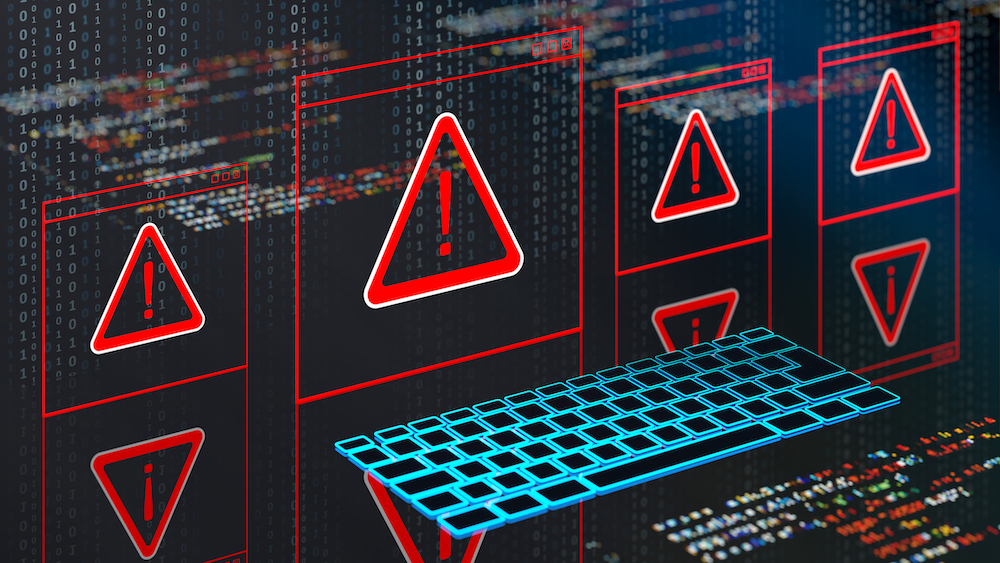








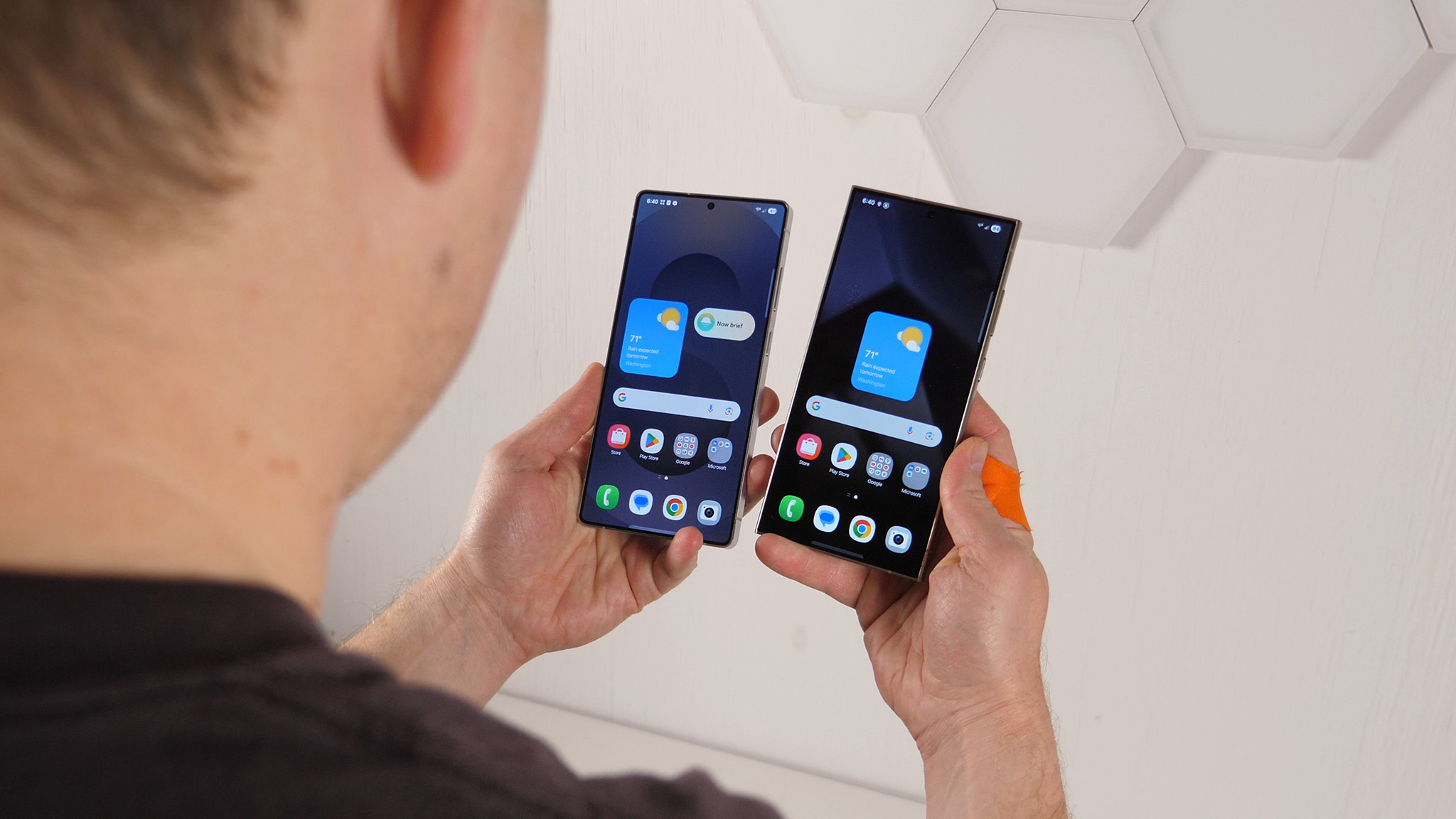






















![Apple Developing New Chips for Smart Glasses, Macs, AI Servers [Report]](https://www.iclarified.com/images/news/97269/97269/97269-640.jpg)
![Apple Shares New Mother's Day Ad: 'A Gift for Mom' [Video]](https://www.iclarified.com/images/news/97267/97267/97267-640.jpg)
![Apple Shares Official Trailer for 'Stick' Starring Owen Wilson [Video]](https://www.iclarified.com/images/news/97264/97264/97264-640.jpg)


















